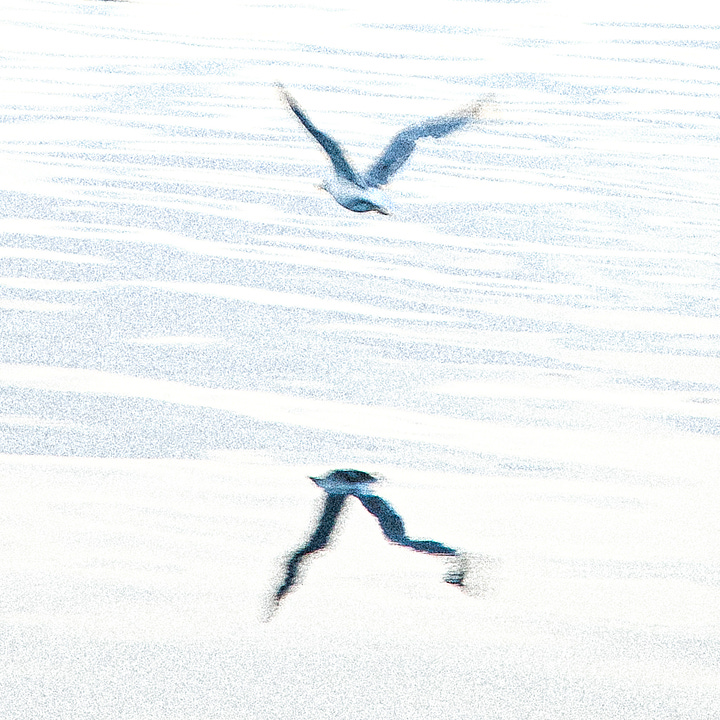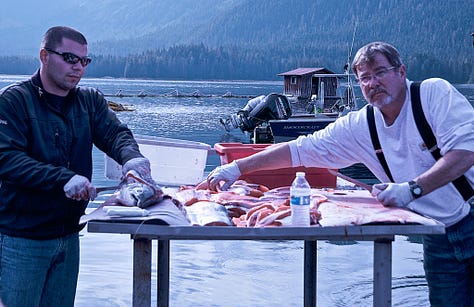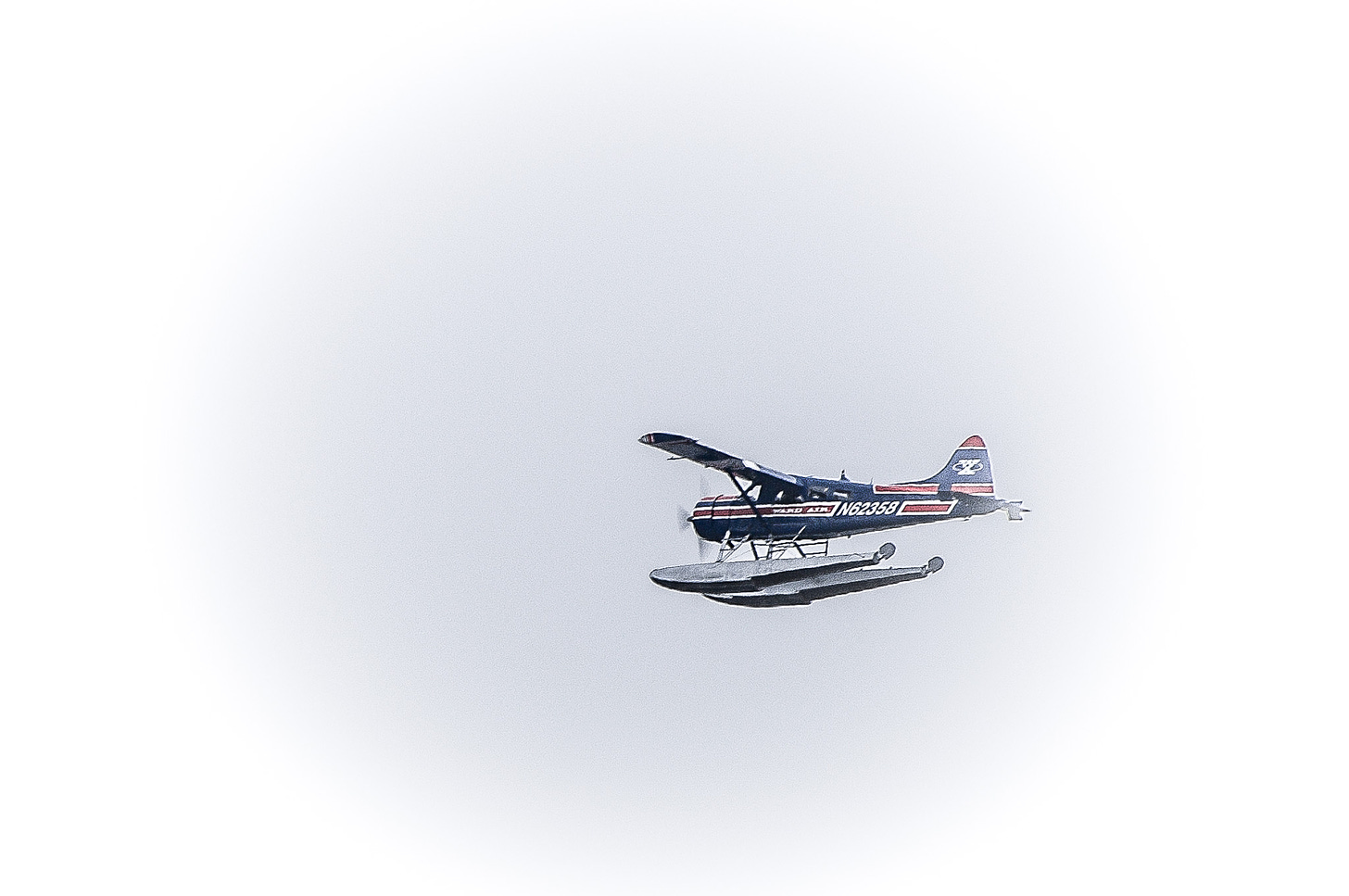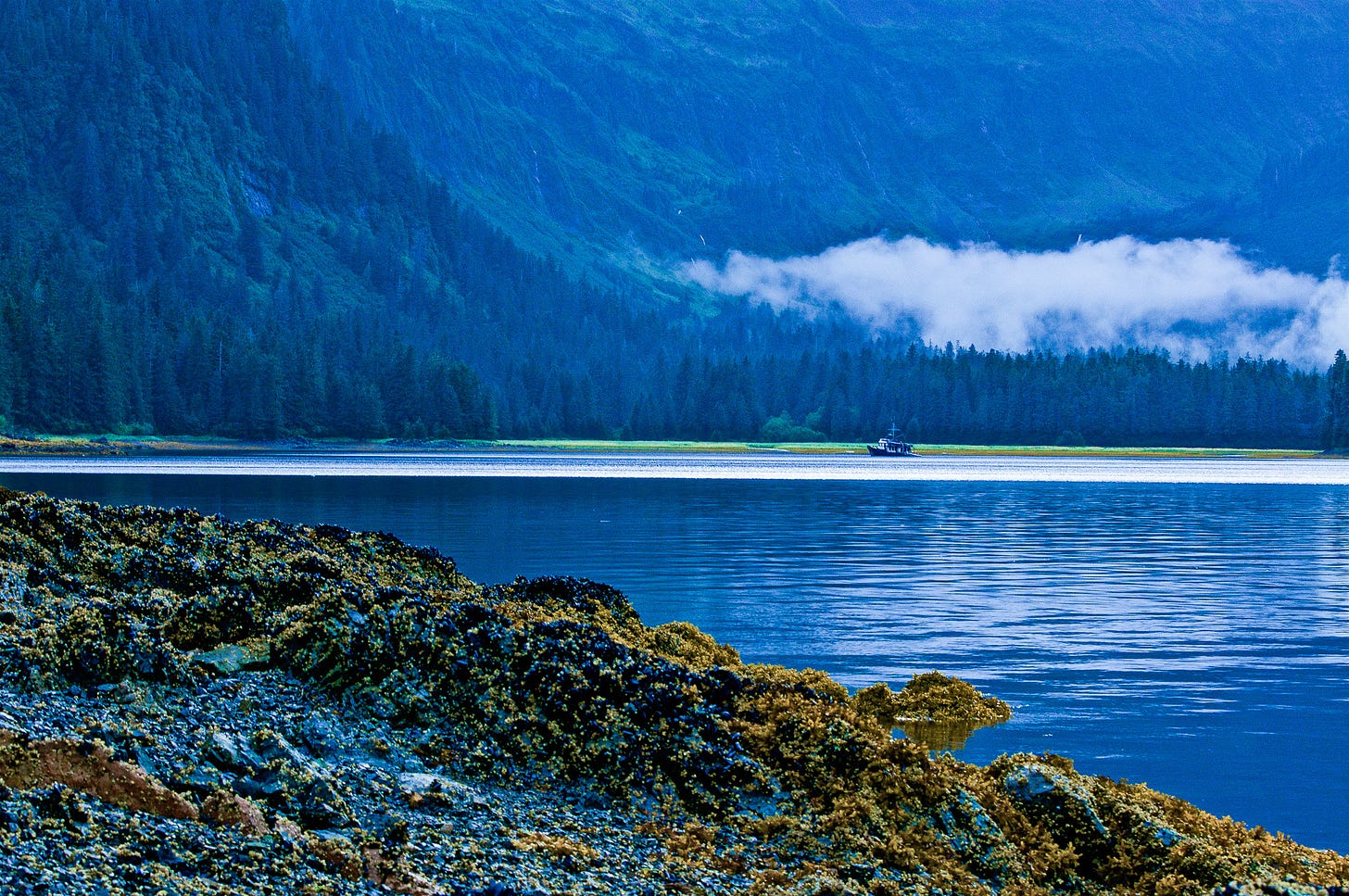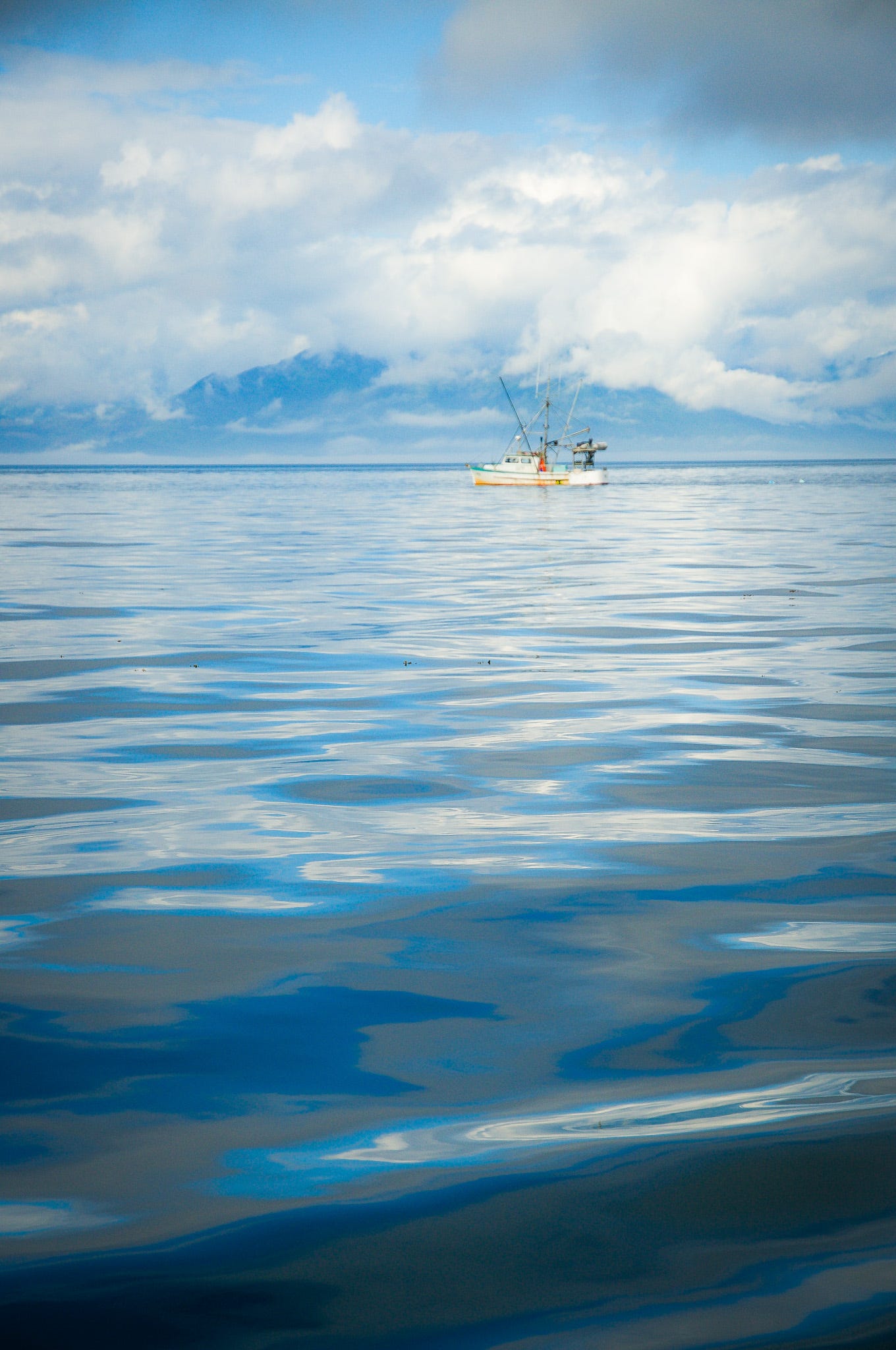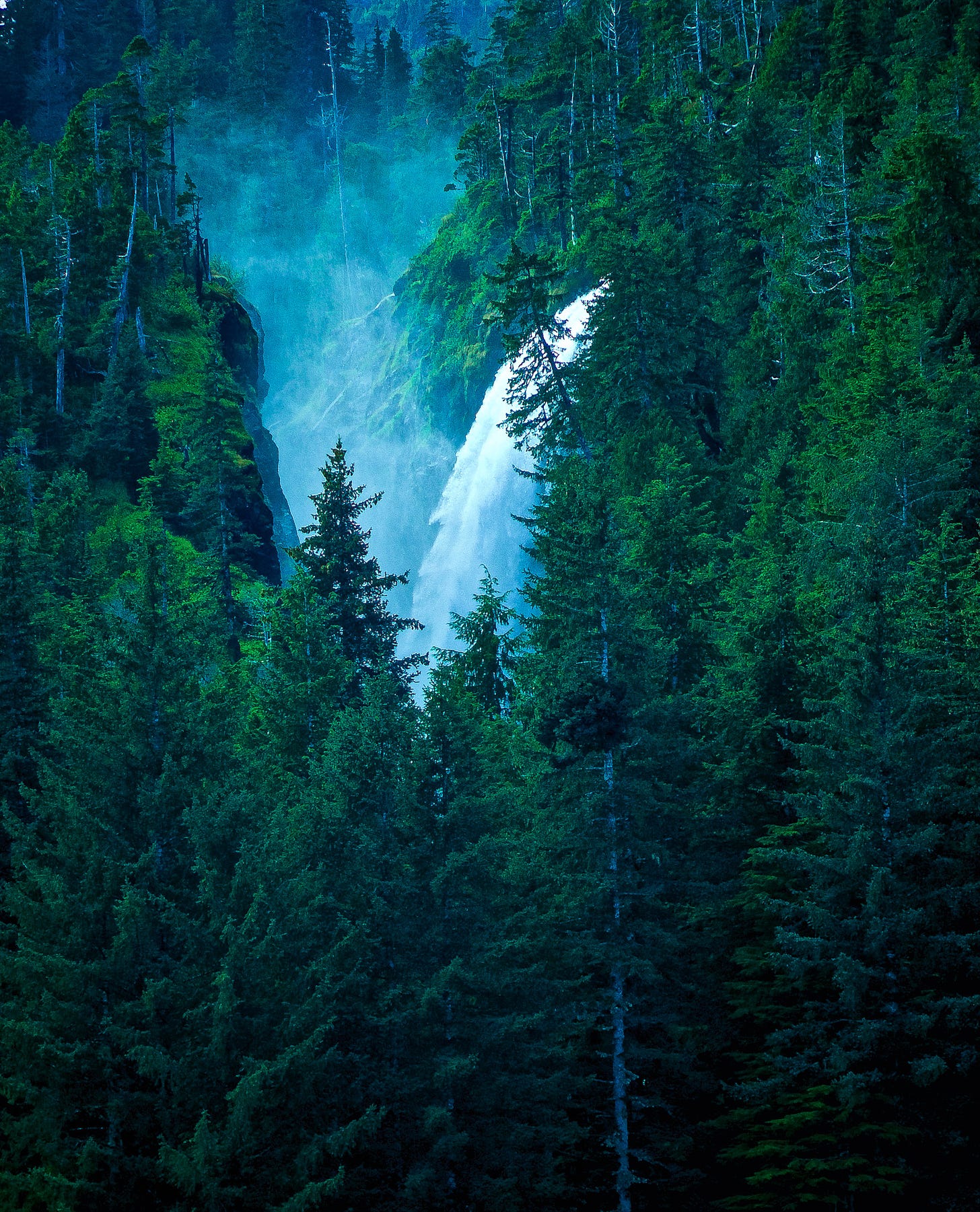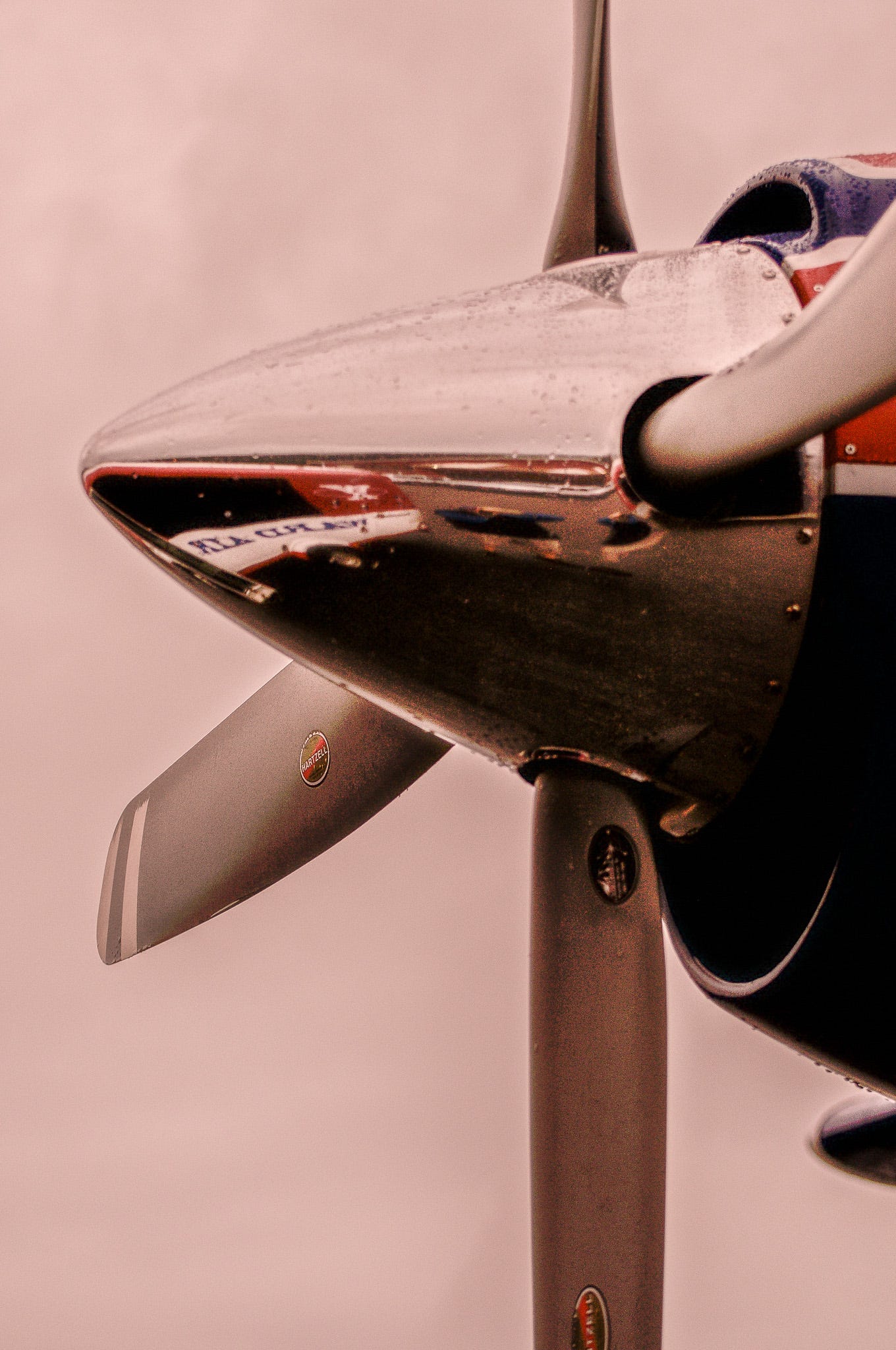North, to Alaska, go north, the rush is on!
In the 1960 movie, the rush north is to find gold. There’s a different rush to Alaska these days, the adrenalin rush of fishing and hunting. The gold came to an end. Is this rush more sustainable?
The Klondike gold rush was in 1896. Mining is still an important part of the present day Alaskan economy, which is based on oil production, fishing, federal and state (both civilian and military) expenditures, research and development, and tourism.
The state has a population of about 680,000 people, half of whom live in Anchorage. Juneau and Fairbanks are the other main centers. Point Barrow is the northernmost city, with a population of about 4,000 people. Across Alaska’s five major districts, there are 3,000 rivers, 3 million lakes, 44,500 miles of coastline, about 70 active volcanoes; home to 229 Native American tribes.
Nearly 85% of the state’s revenues come from oil production, so hunting, fishing, and tourism are relatively small by comparison. Still, the Department of Fisheries and Game has an annual budget of about $200 million to keep those adrenalin rush industries clean and sustainable.
Alaska is vast, rugged, and beautiful beyond words.
